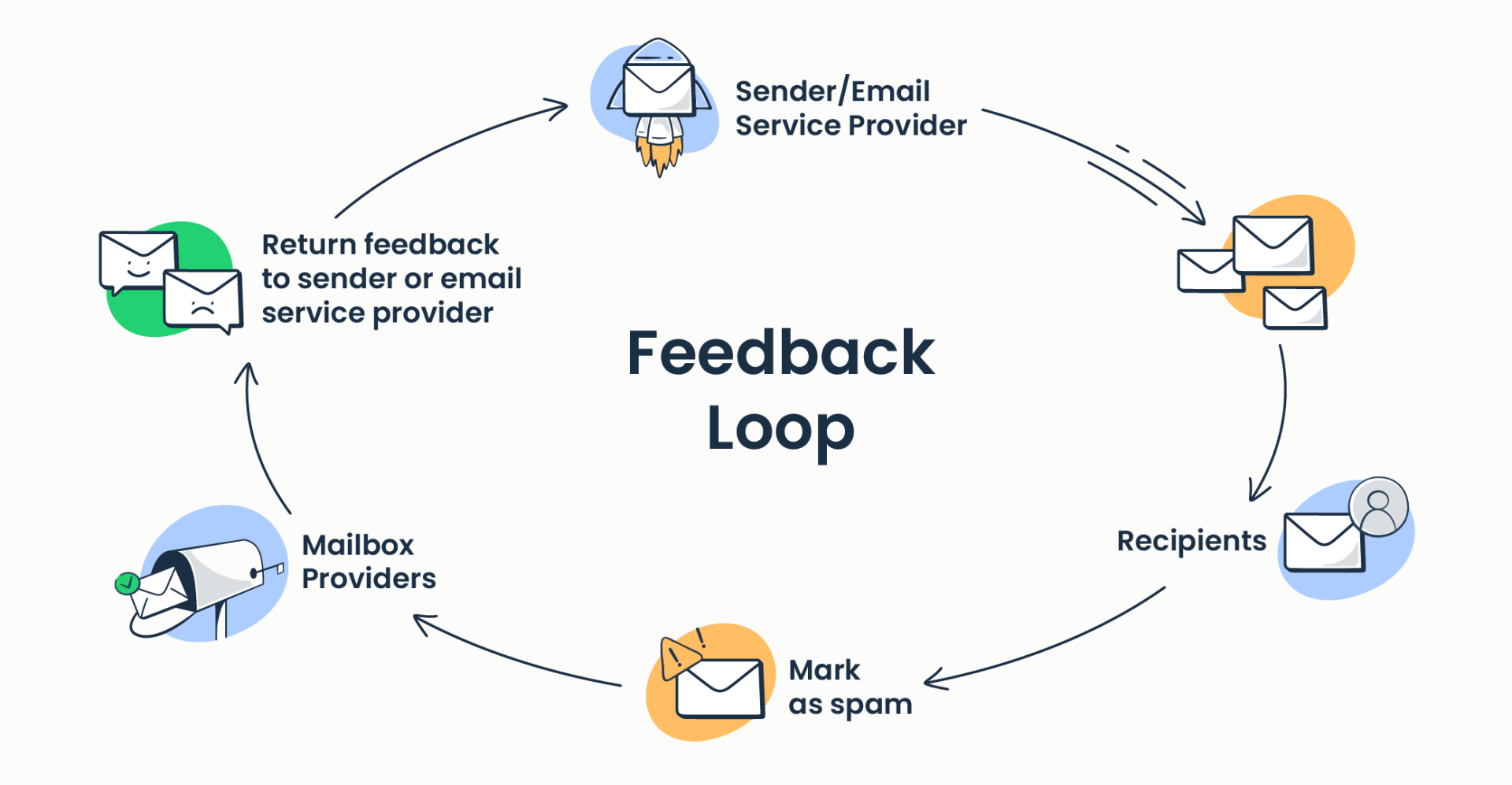Feedback Loop
What is a Feedback Loop?
Definition:
A “Feedback Loop” in the context of business, systems, or communication refers to a process where the output of a system is fed back into the system as an input, thereby influencing future outputs. This loop allows for continuous improvement, adjustment, or refinement based on the information obtained from previous iterations. Feedback loops are crucial for maintaining dynamic, adaptive systems and ensuring that they respond effectively to changing conditions.
Analogy:
Think of a Feedback Loop as a thermostat in a room. Just as a thermostat continuously measures the temperature in a room, adjusts the heating or cooling system based on that measurement, and repeats the process, a feedback loop involves a continuous cycle of information gathering, analysis, and action.
Further Description:
Components of a Feedback Loop:
- Input: The initial information or data that starts the feedback process.
- Process: The system or mechanism that analyzes the input and produces an output.
- Output: The result or outcome produced by the process.
- Feedback: The output is used as input for the next iteration, creating a continuous loop.
Types of Feedback Loops:
- Positive Feedback: Reinforces and amplifies the direction of the system, potentially leading to exponential growth or decline.
- Negative Feedback: Stabilizes and regulates the system, bringing it back to equilibrium.
Applications in Business and Systems:
- Organizational Feedback: In business, feedback loops are used to evaluate and adjust strategies, operations, and performance based on outcomes.
- Product Development: Continuous feedback from users helps refine and enhance products or services over successive iterations.
- Project Management: Regular feedback loops in project management allow teams to adapt to changing requirements and improve efficiency.
Why is a Feedback Loop Important?
Continuous Improvement:
Feedback loops foster a culture of continuous improvement, allowing systems, processes, or individuals to adapt and evolve over time.
Adaptability:
Systems with feedback loops are more adaptable to changes in their environment or conditions, ensuring they remain effective and relevant.
Problem Identification:
Feedback loops highlight areas of improvement, inefficiencies, or potential problems, enabling timely intervention.
Examples and Usage:
Customer Feedback Loop:
Businesses use customer feedback to enhance products, services, and overall customer experience, creating a positive feedback loop for customer satisfaction.
Agile Software Development:
Agile methodologies incorporate regular feedback loops, allowing development teams to adjust priorities, address issues, and deliver incremental improvements.
Employee Performance Feedback:
Regular performance reviews provide employees with feedback on their work, enabling them to set goals for improvement and career development.
In summary, a Feedback Loop is a continuous process where the output of a system becomes input for the next iteration, allowing for adaptation, improvement, and stabilization. It is a fundamental concept in various fields, ensuring systems remain dynamic and responsive.
Key Takeaways:
- A Feedback Loop involves a continuous cycle of input, process, output, and feedback for ongoing improvement.
- There are positive and negative feedback loops, influencing the direction and stability of a system.
- Feedback loops are essential for continuous improvement, adaptability, and problem identification.





